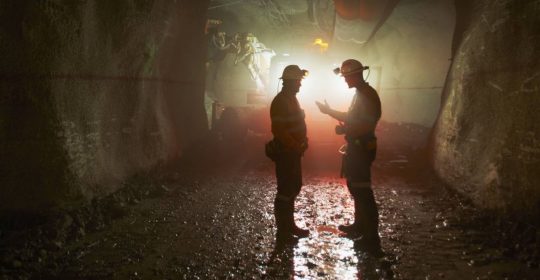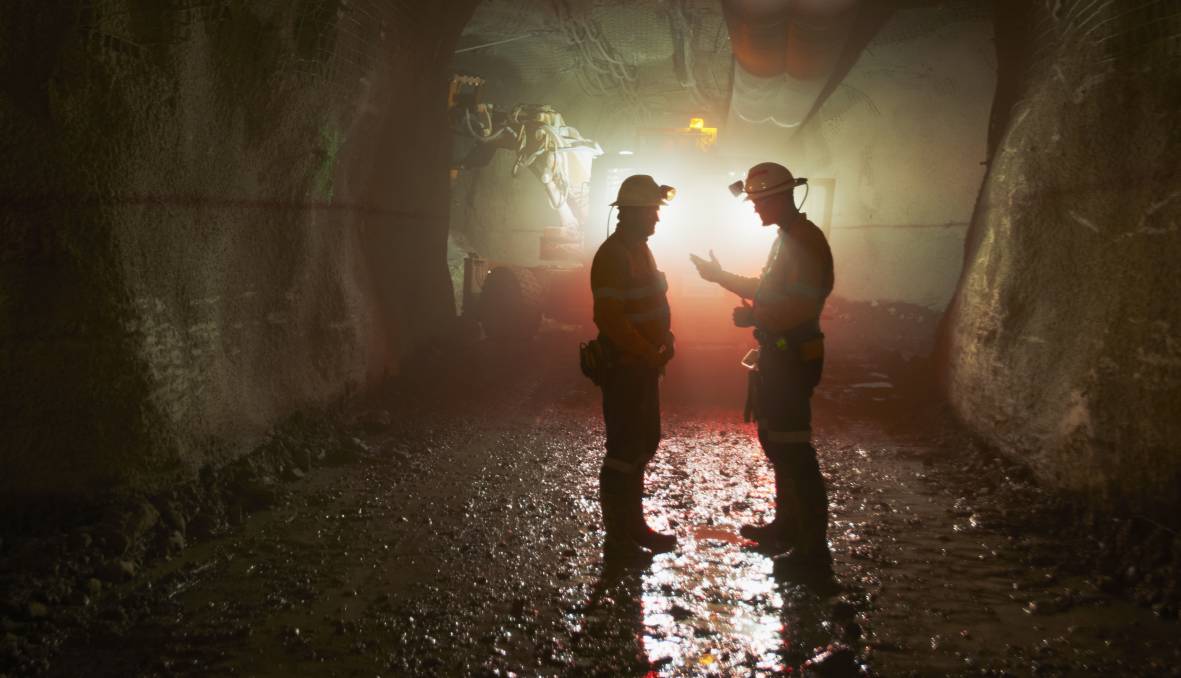

New figures reveal the staggering economic impact the mining industry had on the Central West in the last financial year, despite the COVID-19 pandemic’s reverberation, as the wider community continues to reap the benefits.
The NSW Minerals Council is expected to release its latest Expenditure Survey for the region on Thursday, which the Mudgee Guardian can reveal shows a direct injection of $1 billion into the Central West economy during the 2019-20 financial year.
That marks a $219 million increase from the previous financial year, while the survey results show a significant increase in the number of jobs the NSWMC’s 28 participating member companies provided across the region as well.
Member companies across the Orange, Bathurst, Lithgow and Mudgee local government areas provided 4,946 mining jobs in 2019-20, an increase of around 700 compared to the previous 12 months.
Mining’s economic contribution to the Central West remained strong last year, with higher spending, more jobs and more local businesses supported.
NSW Minerals Council CEO Stephen Galilee
While breakdowns specific to each LGA are not yet available the latest report also shows there was 1,059 local businesses in the mining supply chain, a 67.56 per cent increase from the 632 businesses highlighted in 2018-19.
Other mining strongholds west of the Blue Mountains, like Cobar, fall into the Far West sector, survey results from that area are yet to be released.
With the investment of companies like Newcrest, Centennial and Glencore included, NSWMC chief executive officer Stephen Galilee said the report continues to prove the industry’s value to the Central West.
“These survey results show that despite the COVID-19 pandemic, mining’s economic contribution to the Central West remained strong last year with higher spending, more jobs and more local businesses supported by our member companies in the region,” he said.
The Expenditure Survey shows the direct spending by NSWMC member companies is estimated to have generated around 19 per cent of the Central West’s gross regional product, which is a monetary measure of the market value of all final goods and services produced.
Mr Galilee labelled the direct spending a ‘significant contribution by any measure’, with a four per cent increase also noted from the previous year in terms of GRP.
He went on to say while it provided a much-needed boost to the Central West amid the coronavirus pandemic, it also proved the mining industry’s perseverance too.
“The overall increase in the economic contribution highlights the resilience of our industry during tough times,” Mr Galilee said.
“[It reflects] our strong focus on keeping mines operations during COVID-19 while maintaining the safety of our miners, their families and our mining communities across NSW.”
The release of the Expenditure Survey’s results have been staggered, with $15 billion injected in the NSW economy during the 2019-20 financial year including $6.2 billion in the Hunter region and $847 million in the Illawarra area.
That marks a $1.3 billion increase state-wide compared to the previous 12 months and is the highest direct spend across NSW in the nine years the survey has been undertaken, with more than 29,000 mining jobs supported.
Source: Matt Findlay, Mudgee Guardian, 31 March 2021
